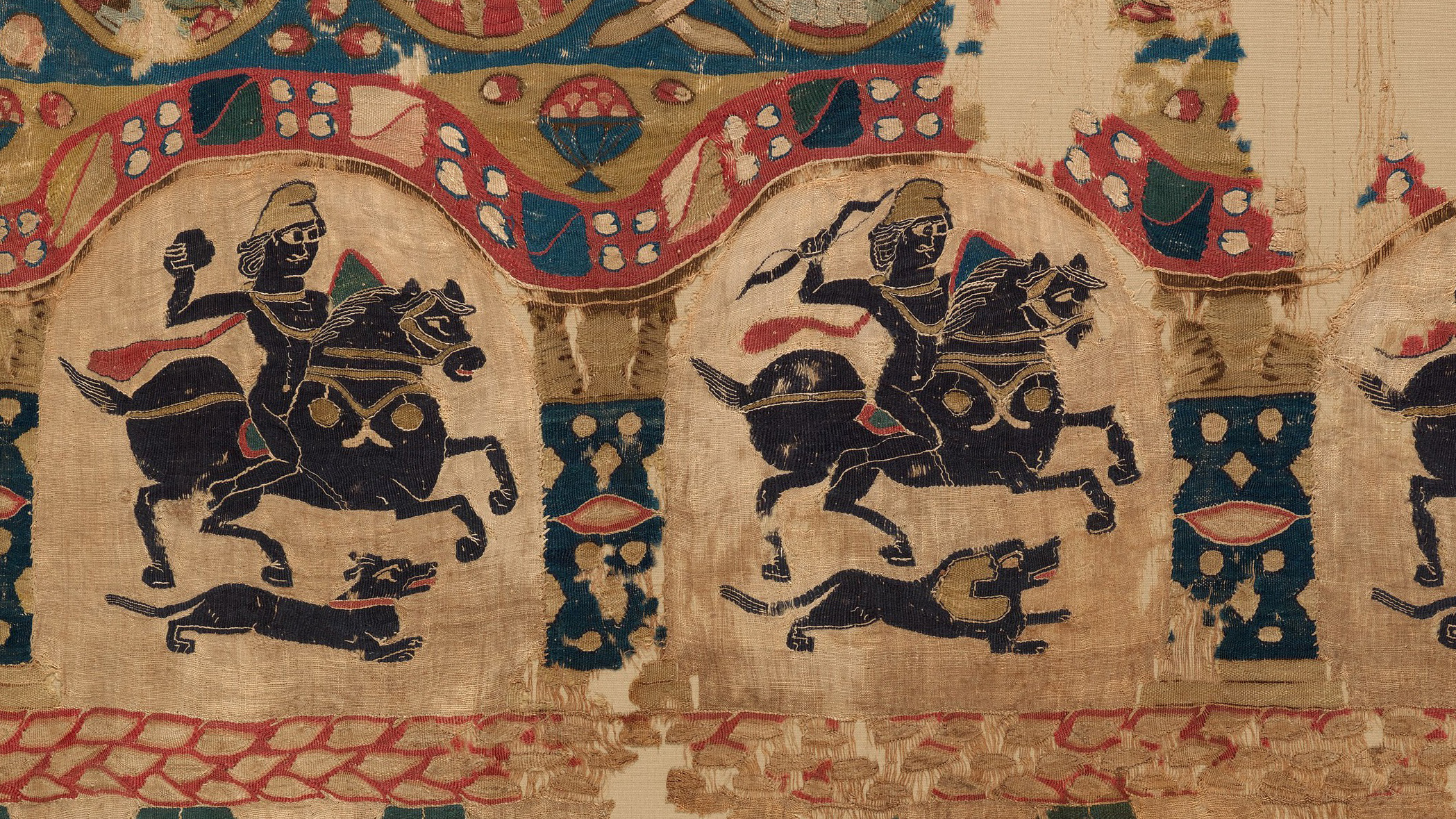Galarrita, Mariam. "Language and race in The Man in the Moone." Throughlines. www.throughlines.org/suite-content/language-and-race-in-the-man-in-the-moone. [Date accessed].
Language and race in The Man in the Moone
Alien language as orientalist allegory

In the 17th century, English intellectuals saw their home country as lagging behind other European powers. It was amid this anxiety that the idea of the need for a universal language swept the nation. Through the accounts of Jesuit missionaries to China, English theorists knew the Chinese used a writing system that could be understood across many countries and cultures. This writing system, the Chinese language, was imagined to be the lingua humana, the language of Adam. In The Man in the Moone, Godwin undermines the advancement of Chinese language and culture by making the lunarian language an allegory for Mandarin. This allegory combines the racial with the linguistic, reinforcing the alienation and orientalization of Asia.
Godwin's The Man in the Moone can be taught in conversation with modern science fiction and speculative fiction texts that explore the yellow peril and anti-Asian racism. Galarrita suggests pairing texts such as Ken Liu’s The Paper Menagerie and Edward Said's Orientalism alongside Godwin to present students a new understanding of the relationship between language and race.
Further learning
Recommended

Medieval North and East African art
Medieval African art demands to be understood, not in relation to Europe alone, but as part of a wider Afro-Eurasian world. Andrea Myers Achi discusses the interconnection across medieval North Africa and the Mediterranean and Africa’s cultural exchange and influence on medieval art history.




